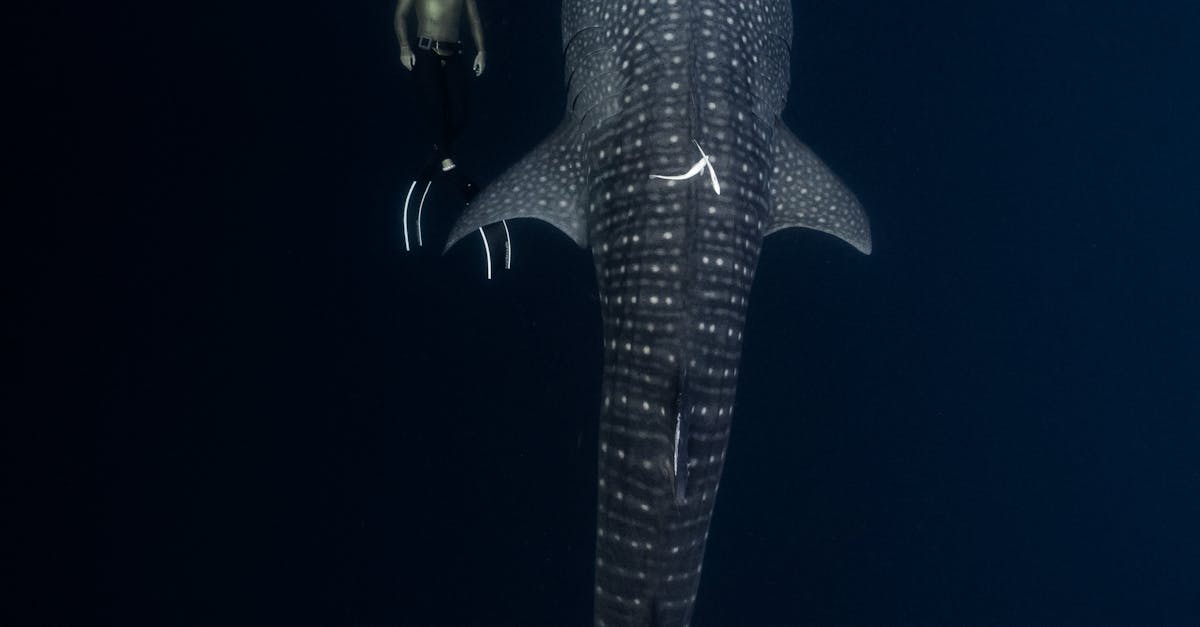Great white sharks, scientifically known as Carcharodon carcharias, are among the largest predatory fish in the ocean. Their sheer size and formidable presence have captivated marine biologists, ocean enthusiasts, and the general public alike. This blog post explores the dimensions of these magnificent creatures, revealing just how big great white sharks can get. We will delve into various aspects of their size, including average lengths, weights, and notable record sizes. Additionally, we will address some common questions and provide trusted sources for further information.
| Measurement | Average Size | Record Size |
|---|---|---|
| Length | 13 to 16 feet | 20 feet |
| Weight | 1,500 to 2,400 pounds | 5,000 pounds |
| Jaw Width | 24 inches | 30 inches |
| Fin Height | 3 to 4 feet | 5 feet |
Length
Great white sharks typically measure between 13 to 16 feet in length, making them one of the largest species of sharks in the ocean. Their length can vary significantly based on factors such as age, sex, and geographical location. Males are generally smaller than females, with females often reaching the upper limits of this range. However, record sizes have been reported, with some exceptional individuals measuring up to 20 feet. These extraordinary lengths are often found in older, larger females, demonstrating the potential for great whites to grow substantially over their lifetimes.

Weight
The weight of great white sharks can range from 1,500 to 2,400 pounds on average, depending on their size and health. Like their length, weight can vary significantly between males and females, with females often being heavier. The heaviest recorded great white shark weighed an astonishing 5,000 pounds. This immense weight is supported by their robust, muscular bodies, which enable them to be powerful swimmers and effective predators in their marine environments.

Jaw Width
The jaw width of a great white shark is a notable feature, averaging about 24 inches. This wide jaw allows them to consume large prey, including seals, fish, and even other sharks. The largest recorded jaw width of a great white shark was 30 inches, showcasing the impressive size of these creatures. Their jaws are lined with sharp, serrated teeth that can measure up to 3 inches in length, making them formidable hunters in the ocean.

Fin Height
The dorsal fin of a great white shark is another striking characteristic, with heights ranging from 3 to 4 feet on average. This fin plays a crucial role in their swimming capabilities, providing stability and aiding in quick turns while hunting. Record heights for dorsal fins can reach up to 5 feet, which further emphasizes the great white’s impressive size and agility in the water. The fin’s size contributes to their iconic appearance and helps distinguish them from other shark species.

FAQs
How long do great white sharks live?
Great white sharks can live for 70 years or more in the wild. Their lifespan can vary based on environmental factors and threats such as fishing and habitat loss.
Are great white sharks dangerous to humans?
While great white sharks are known for their size and power, they are not naturally inclined to attack humans. Most incidents are cases of mistaken identity, where sharks confuse humans for their usual prey.
What do great white sharks eat?
Great white sharks primarily feed on marine mammals, such as seals and sea lions, but they also consume fish, smaller sharks, and carrion. Their diet is crucial for their growth and energy requirements.
Where can great white sharks be found?
Great white sharks are found in coastal waters of the temperate and tropical oceans worldwide. They prefer areas with abundant prey and favorable water temperatures, often near seal colonies.
How can we protect great white sharks?
Conservation efforts are essential for protecting great white sharks. This includes implementing sustainable fishing practices, protecting their habitats, and raising awareness about their ecological importance. Organizations and governments are working together to create marine protected areas to ensure the safety of these magnificent creatures.
References:
– [National Oceanic and Atmospheric Administration (NOAA)](https://www.noaa.gov)
– [Shark Research Institute](http://www.sharks.org)
– [National Marine Fisheries Service](https://www.fisheries.noaa.gov)
